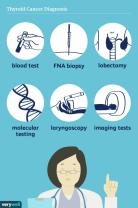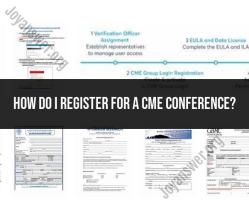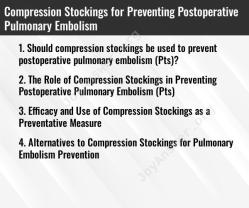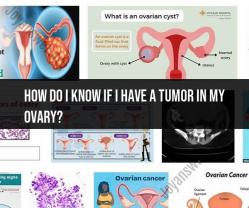What do the medical abbreviations PT and PTT mean?
In a medical context, "PT" and "PTT" are abbreviations related to blood clotting and coagulation tests. They are used to assess the function of the blood's clotting factors and the time it takes for blood to clot. Here's what they stand for:
PT (Prothrombin Time): Prothrombin Time is a blood test that measures the time it takes for the liquid portion of the blood (plasma) to clot. It is often used to monitor the effectiveness of blood-thinning medications like warfarin (Coumadin) and to assess the overall clotting ability of the blood. The results are typically reported as an international normalized ratio (INR), which helps standardize the values across different laboratories.
PTT (Partial Thromboplastin Time): Partial Thromboplastin Time is another blood test that evaluates the time it takes for blood to clot. It measures the time it takes for clot formation after specific clotting factors are activated. PTT is often used to monitor the effectiveness of heparin therapy, which is a medication used to prevent blood clots.
Both PT and PTT tests are important in assessing a person's bleeding and clotting tendencies. Abnormal results in these tests can indicate various conditions, such as clotting disorders, bleeding disorders, or the need for adjustments in anticoagulant medication dosages. It's important to interpret these results in conjunction with a person's medical history and other clinical information.













